In this activity, students learn about what plants need to grow by growing silly-looking, edible heads.
Learning how plants grow is more fun when you try growing them yourself.
Plants need clean air, a source of water, and a source of sunlight to grow and thrive. You can transform seeds into sprouts quickly and creatively in this fun and functional activity.
If tended correctly, these edible heads will sprout “hair” within a week and last up to several weeks. Delve deeper into your understanding of how plants grow by growing the edible heads in different conditions.
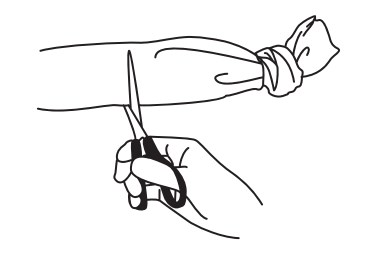
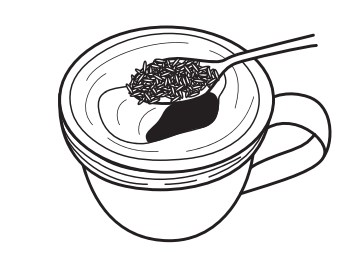
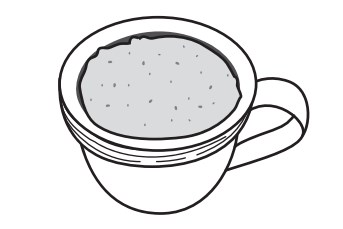
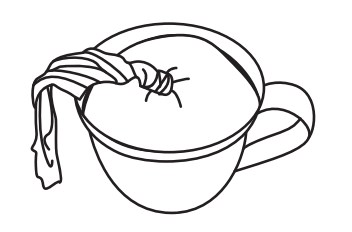
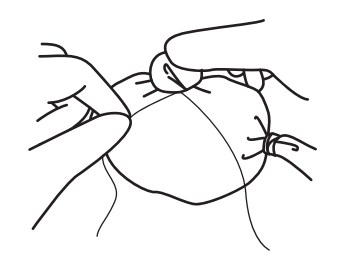
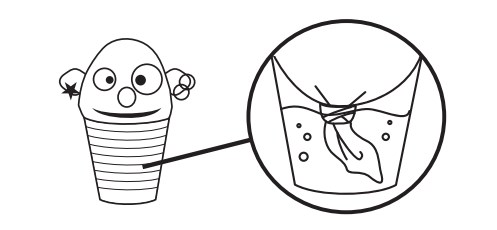
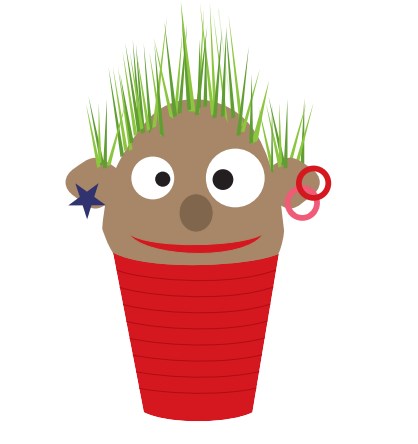
 copy.jpg)
